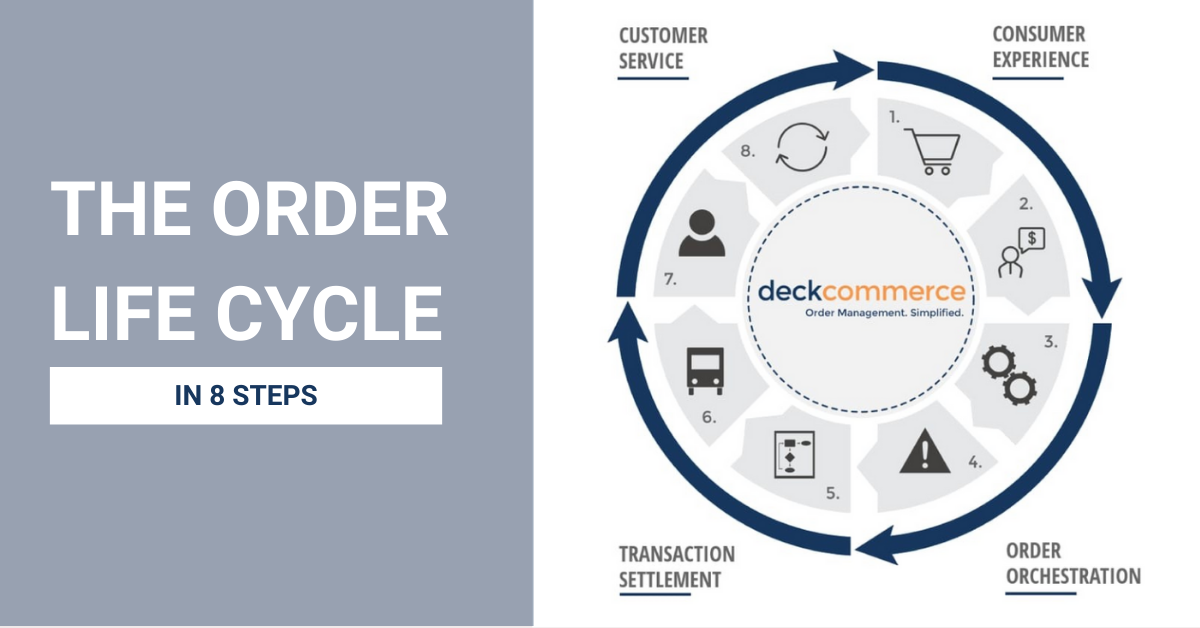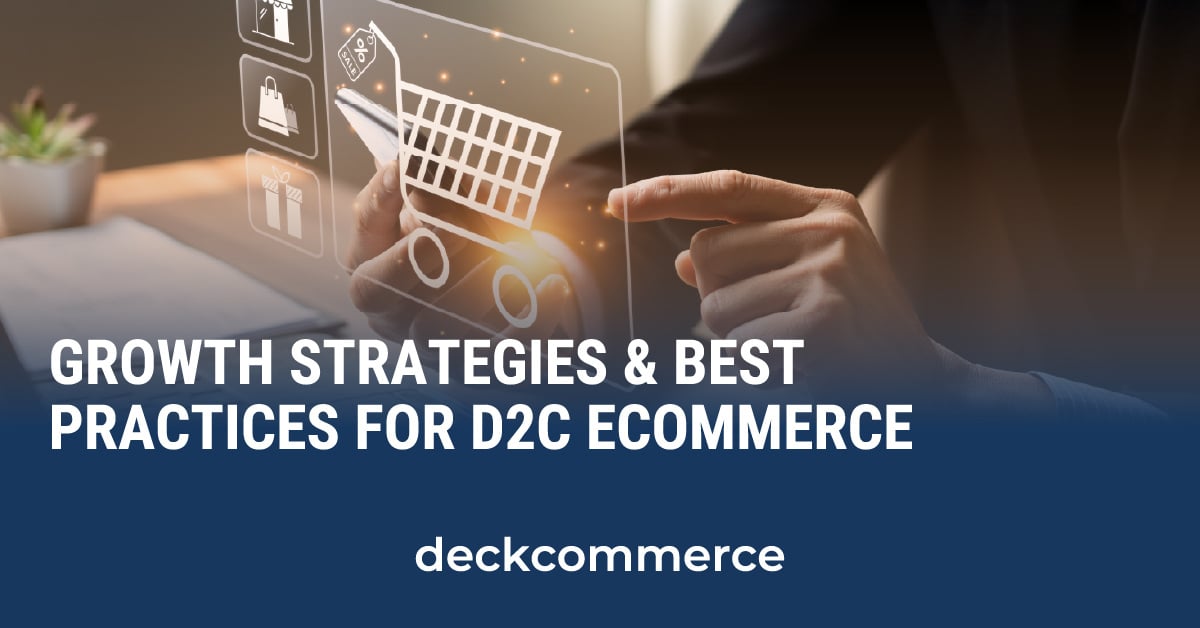
Congratulations! Hopefully you’ve capitalized on what was anticipated to be a strong holiday season with your efforts culminating in a strong performance and the capture of many new customers. According to Salesforce, online sales in the U.S. reached $270 billion in November and December — great news for many brands and merchants. The not so good news is Salesforce data also shows that returns have already reached $1.39 billion, which is a 63% increase in returns over the 2021 holiday season.
Needless to say, no one gets excited about returns, a hassle for customers and those in the supply chain alike. UPS anticipates handling 5 million more returns this holiday season than it did last year, up to a total of 70 million and they are increasingly relying on their network of UPS Stores to streamline and facilitate the process. In addition, DoorDash announced the launch of a package pickup service to pick up prepaid packages from homes and drop them off at UPS, FedEx or U.S. Postal Service locations. While returns themselves aren’t something to celebrate, watching the evolution of returns options to support today’s omni-channel landscape is pretty fascinating.
The expense, processing headaches, inventory challenges and potential lost sales make returns a far bigger annoyance to the brand or merchant than they are for the customer. So why should you care about making the returns process easy? Well, remember all those new customers you worked so hard to acquire during the holiday season? Simply put, they expect a seamless experience or they may not come back. In fact, 92% of shoppers are more likely to buy again if returns are easy.
There are many ways to ensure a frictionless returns experience including having a clear returns policy, the right online self-service assets, easy exchange options and accessible customer support. But what about the actual shipping and processing of the return package itself? To minimize costs, headaches and the possibility of a poor customer experience, consider the following…
Minimize freight costs with return-friendly packaging.
Chances are you’ve put a lot of energy into making sure your product is packaged for efficient outbound shipping costs. With free returns becoming the norm, return freight is one of largest expenses. Make sure your packaging is easily reusable by the customer to help get that same freight savings for the outbound shipment. Including returns instructions as part of the packaging can help ensure a cost-effective return.
Barcode for speedy processing.
No matter if your returns are processed in your own facility or a third-party provider, ensuring that the merchandise has an RFID or barcode attached will streamline the returns process and speed up getting the merchandise back into inventory to sell. Without a scannable ID, the process will automatically become more cumbersome and time consuming, which increases costs and negatively impacts the customer experience.
Simplify by including a return label.
During high-volume periods like the holidays or other seasonal cycles, you may consider including a return label in all orders. Customers appreciate the simplicity of having the return label at their fingertips. Depending on your providers capabilities, you can often print return instructions on the label or pick ticket to help further streamline and improve the process.
Clearly communicate in the order.
Include clear return and exchange instructions in the order. With today’s modern fulfillment technology, it’s easy to add copy to the pick ticket or include a printed insert to clearly communicate the process. Some fulfillment providers are able to print in-box flyers on-demand, making it highly cost-effective and simple to execute.
Options for non-sellable goods.
Unfortunately, its just a reality that some merchandise will not be in sellable condition. You can specify to simply dispose, but in the spirit of promoting sustainability, look for better options such as recycling or donating to charities, when possible. The important thing is to have a plan in place so your provider knows what action to take which will save time and money.
Returns are inevitable, but you can take many steps to minimize the expense and hassle while delivering a great brand experience that will keep your customers happy so they’ll come back for more!





.png?width=2000&height=2000&name=Blog%20Directory%20CTA%202000x2000%20px%20(2).png)






.png?width=2000&height=2000&name=Blog%20Directory%20CTA%202000x2000%20px%20(3).png)
